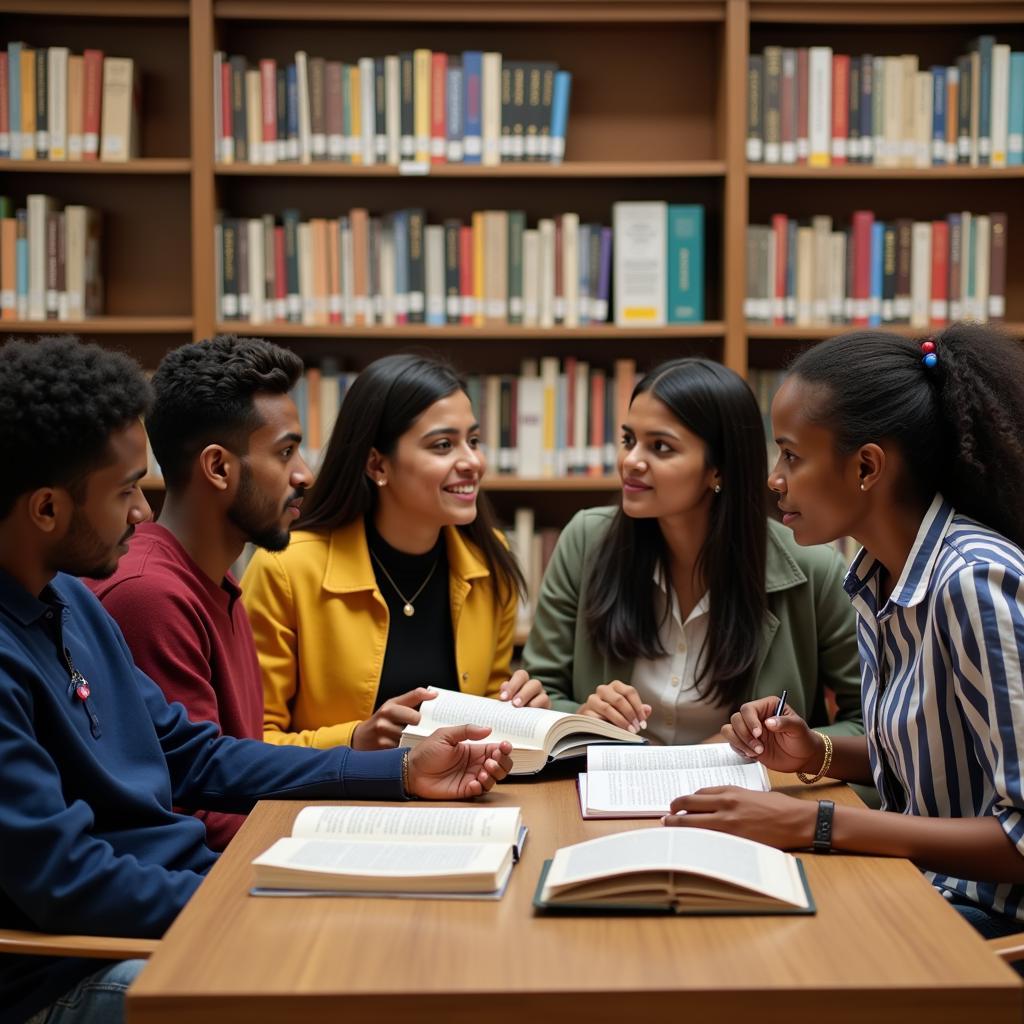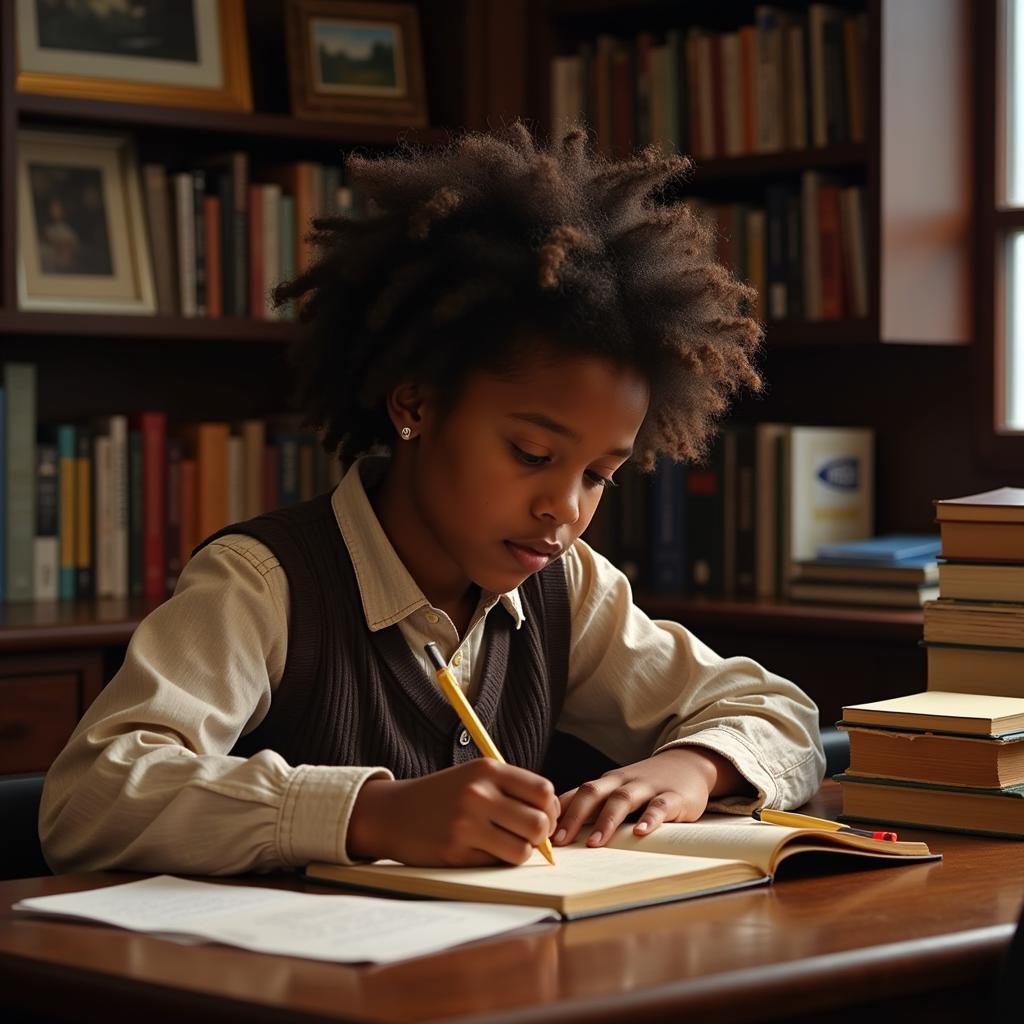Exploring the Vibrant World of African Art Movements
African art stands as a testament to the continent’s diverse cultures and rich history. More than just aesthetics, African Art Movements reflect evolving social landscapes, political climates, and philosophical ideologies. From the intricate sculptures of the Yoruba people to the bold canvases of the Négritude movement, African art offers a compelling lens through which to understand the continent’s vibrant tapestry.
A Legacy of Creativity: Tracing the Roots
African art boasts a long and illustrious legacy, with evidence suggesting creative expression dating back millennia. Ancient rock art, for instance, provides glimpses into the lives and beliefs of early African societies. These visual narratives, found across the continent, showcase a mastery of form and a deep connection to the natural world.
The advent of colonialism brought about significant shifts in African artistic practices. While traditional art forms persisted, new influences emerged, leading to the fusion of indigenous aesthetics with European techniques and materials. This period saw the rise of artists who navigated this complex cultural intersection, paving the way for modern African art movements.
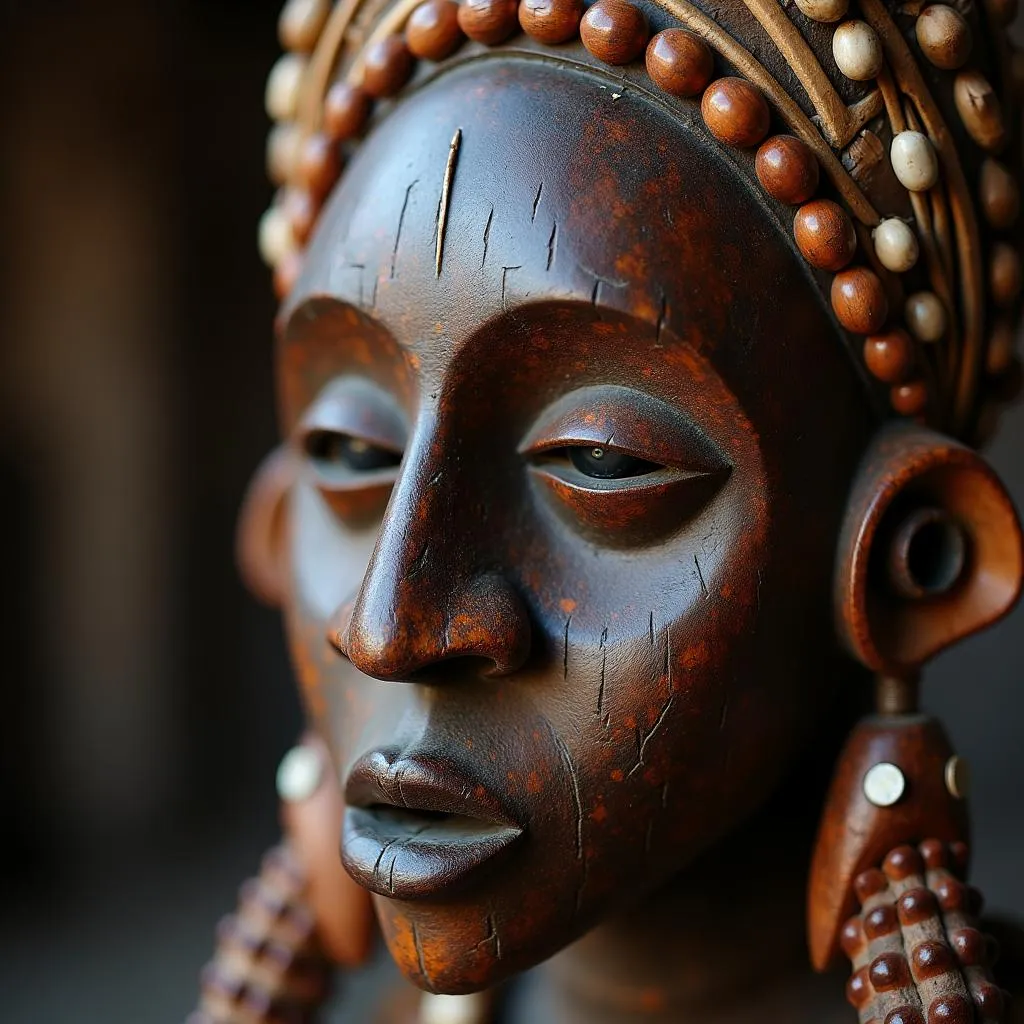 African Mask Sculpture
African Mask Sculpture
The Rise of Modern African Art Movements
The mid-20th century marked a pivotal moment in African history, as nations across the continent fought for and gained independence. This wave of liberation had a profound impact on artistic expression, giving rise to movements that sought to define African identity and reclaim cultural narratives.
Négritude: A Pan-African Artistic Renaissance
Emerging in 1930s Paris, the Négritude movement became a powerful force in shaping modern African art. Led by Francophone intellectuals and artists like Aimé Césaire and Léopold Sédar Senghor, Négritude celebrated Black identity and challenged colonial ideologies. Through their work, these artists asserted the beauty and value of African culture, rejecting its subjugation within a Eurocentric worldview.
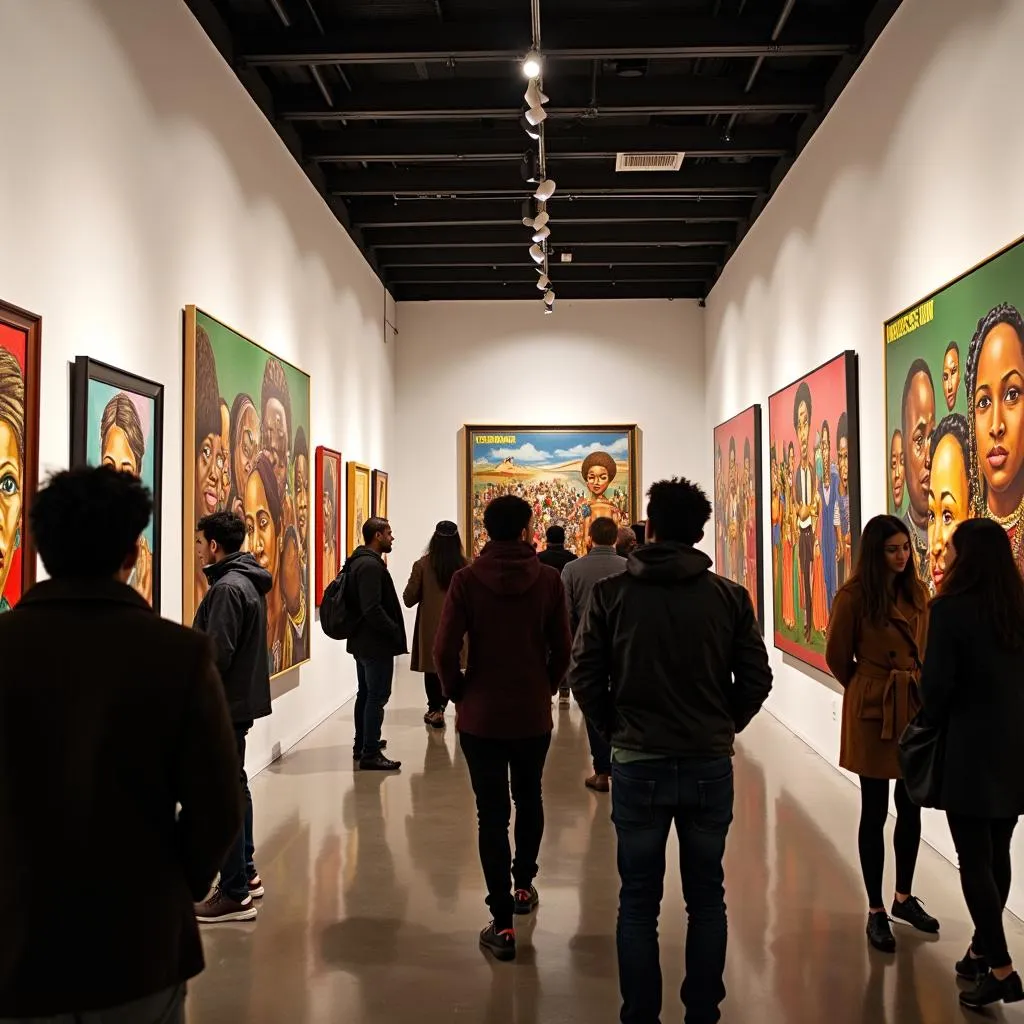 Négritude Art Exhibition
Négritude Art Exhibition
Oshogbo School: Blending Tradition and Modernity
In Nigeria, the Oshogbo School emerged in the 1960s, drawing inspiration from Yoruba mythology, folklore, and spirituality. Artists like Ulli Beier, Susanne Wenger, and Twins Seven Seven embraced traditional Yoruba art forms while experimenting with modern techniques. The Oshogbo School played a crucial role in revitalizing interest in indigenous art practices and fostering a sense of cultural pride.
Tingatinga: A Tanzanian Visual Language
Originating in Tanzania, Tingatinga art is characterized by its vibrant colors, simplified forms, and whimsical depictions of animals and daily life. Founded by Edward Saidi Tingatinga in the 1960s, this style evolved as a way to cater to tourists but quickly gained recognition for its unique aesthetic and cultural significance. Today, Tingatinga art is a celebrated form of Tanzanian artistic expression.
Contemporary African Art: A Global Conversation
Contemporary African art continues to evolve, reflecting the complexities of a globalized world. Artists are engaging with themes of identity, politics, gender, and social justice, often drawing upon their cultural heritage while pushing creative boundaries.
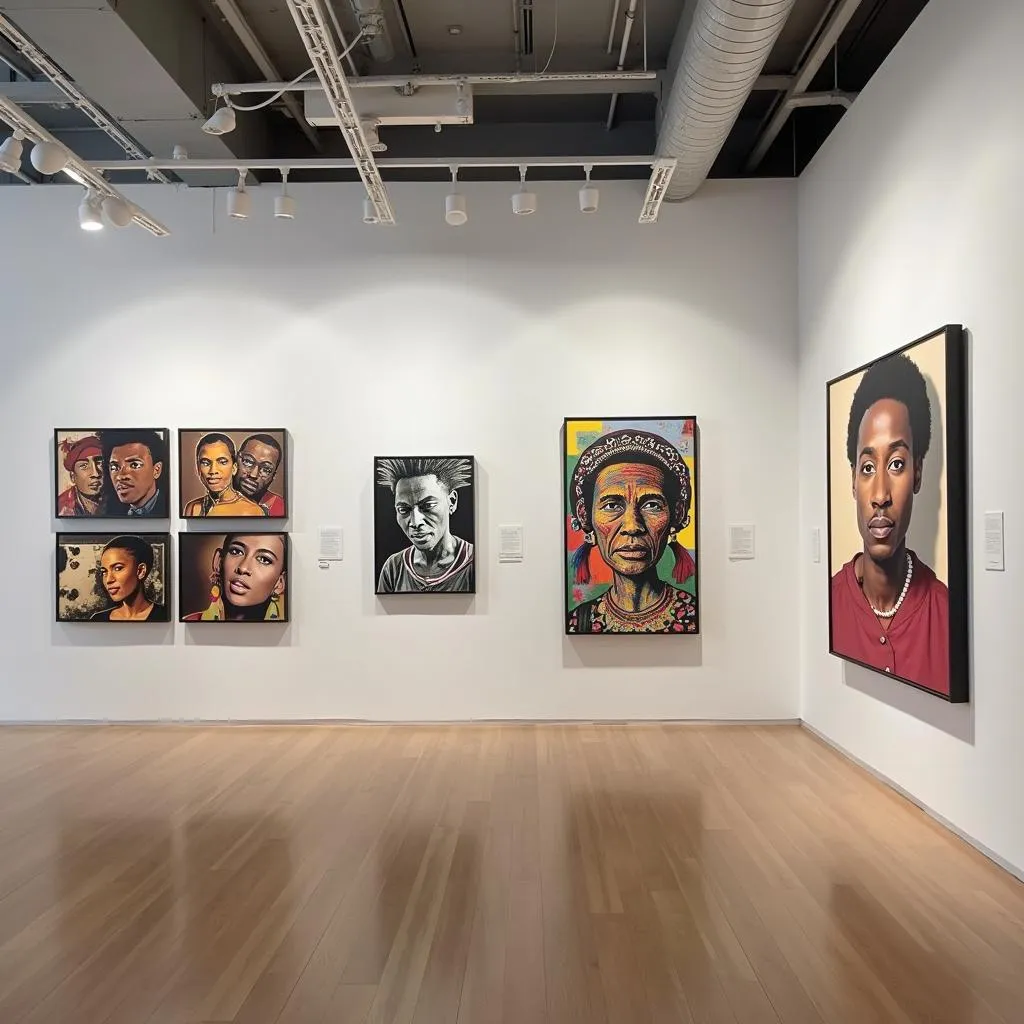 Contemporary African Art Installation
Contemporary African Art Installation
From the powerful sculptures of El Anatsui, crafted from discarded materials, to the evocative photography of Zanele Muholi, documenting the lives of LGBTQ+ individuals in South Africa, contemporary African art movements offer diverse perspectives on the continent’s evolving narratives.
African Art Movements: A Legacy of Resilience and Creativity
The exploration of African art movements reveals a profound legacy of creativity, resilience, and cultural richness. From ancient rock paintings to contemporary installations, African art provides a unique lens through which to understand the continent’s history, its people, and its future aspirations. As African artists continue to challenge conventions and captivate audiences worldwide, the global conversation surrounding African art movements is only poised to grow richer and more vibrant.
